T265 VSLAM for ARC: SLAM-based mapping and precise way-point navigation, low-power tracking, and NMS telemetry.
How to add the Intel Realsense T265 robot skill
- Load the most recent release of ARC (Get ARC).
- Press the Project tab from the top menu bar in ARC.
- Press Add Robot Skill from the button ribbon bar in ARC.
- Choose the Navigation category tab.
- Press the Intel Realsense T265 icon to add the robot skill to your project.
Don't have a robot yet?
Follow the Getting Started Guide to build a robot and use the Intel Realsense T265 robot skill.
How to use the Intel Realsense T265 robot skill
With its small form factor and low power consumption, the Intel RealSense Tracking Camera T265 has been designed to give you the tracking performance for your robot. This ARC user-friendly robot skill provides an easy way to use the T265 for way-point navigation.
The T265 combined with this robot skill provides your robot a SLAM, or Simultaneous Localization and Mapping solution. It allows your robot to construct a map of an unknown environment while simultaneously keeping track of its own location within that environment. Before the days of GPS, sailors would navigate by the stars, using their movements and positions to successfully find their way across oceans. VSLAM uses a combination of cameras and Inertial Measurement Units (IMU) to navigate in a similar way, using visual features in the environment to track its way around unknown spaces with accuracy. All of these complicated features are taken care of for you in this ARC robot skill.
Update Firmware The device sensor may require a firmware update.
Visit the Realsense GitHub page, scroll to the bottom of the page, and install the Intel.Realsense.Viewer.exe from here: https://github.com/IntelRealSense/librealsense/releases/latest
Click the hamburger settings icon and select Install Recommended Firmware
Robot Skill Window The skill has a very minimal interface because it pushes data in the NMS and is generally used by other robot skills (such as The Navigator).
Drop-down to select Realsense device by the serial number. This is useful if there are multiple devices on one PC.
START/STOP the Intel T265 connection.
The confidence of the tracking status between 0 (low) and 3 (highest). In a brightly lit room with many points of interest (not just white walls), the tracking status will be high. Tracking will be low if the room does not have enough light and/or detail for the sensor to track.
Log text display for errors and statuses.
Config Menu
1) Mounted Radius Offset (mm) is the distance in mm of the T265 from the center of the robot. A negative number is toward the front of the robot, and a positive number is toward the rear. The sensor must be facing 0 degrees toward the front of the robot. The sensor must not be offset to the left or right of the robot.
Enable Video Stream will send the fisheye b&w video from the T265 to the selected camera device. The selected camera device robot skill must have Custom specified as the input device. Also, the camera device will need to be started to view the video.
Distortion Correction will use a real-time algorithm to correct the fisheye lens, which isn't always needed and is very CPU intensive.
Video Demonstration Here's a video of the Intel RealSense T265 feeding The Navigator skill for way-point navigation
ARC Navigation Messaging System This skill is part of the ARC navigation messaging system. It is encouraged to read more about the messaging system to understand available skills HERE. This skill is in level #3 group #2 in the diagram below. This skill contributes telemetry positioning to the cartesian positioning channel of the NMS. Combining this skill with Level #3 Group #1 skills for obstacle avoidance. And for Level #1, The Navigator works well.
Environments This T265 will work both indoors and outdoors. However, bright direct light (sunlight) and darkness will affect performance. Much like how our eyes see, the camera will is also susceptible to glare and lack of resolution in the dark. Because the camera visual data is combined with the IMU, the camera must have reliable visible light. Without the camera being able to detect the environment, the algorithm will be biased to use the IMU and will experience drift, which greatly affects the performance of the sensor's accuracy.
Screenshot Here is a screenshot of this skill combined with The Navigator in ARC while navigating through a room between two way points.
Starting Location The T265 does not include a GPS/Compass or any ability to recognize where it is when initialized. This means your robot will have to initialize from a known location and direction to reuse saved maps. Make sure you mark the spot on the ground with masking tape where the robot starts from.
How To Use This
Connect your Intel RealSense T265 camera to the computers USB port
Load ARC (version must be >= 2020.12.05.00)
Add this skill to your project
Now we'll need a Navigation skill. Add The Navigator to your project
Press START on the Intel RealSense skill and data will begin mapping your robot's position
How Does It Work? Well, magic! Actually, the camera is quite interesting and it breaks the world down into a point cloud of features. It remembers the visual features so it can re-align itself on the internal map. It uses a VPU, is what Intel calls it. Here's a video of what the camera sees.
Related Hack Events

A Little Of This, A Little Of That

DJ's K8 Intel Realsense & Navigation
Related Questions
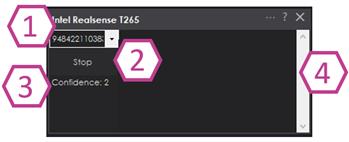
T265 Realsence Viewer.Exe On An Upboard

Navigator With Mecanum (Omni) Wheel Robot Platforms
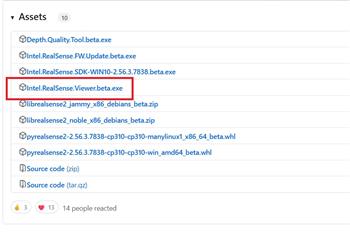
Questions Regarding Navigation
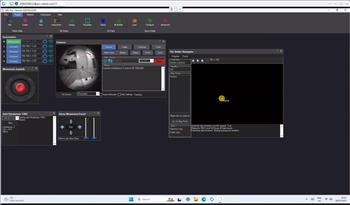
In The Better Navigator No Movement From The T265
Upgrade to ARC Pro
Unleash your creativity with the power of easy robot programming using Synthiam ARC Pro

 Hardware Info
Hardware Info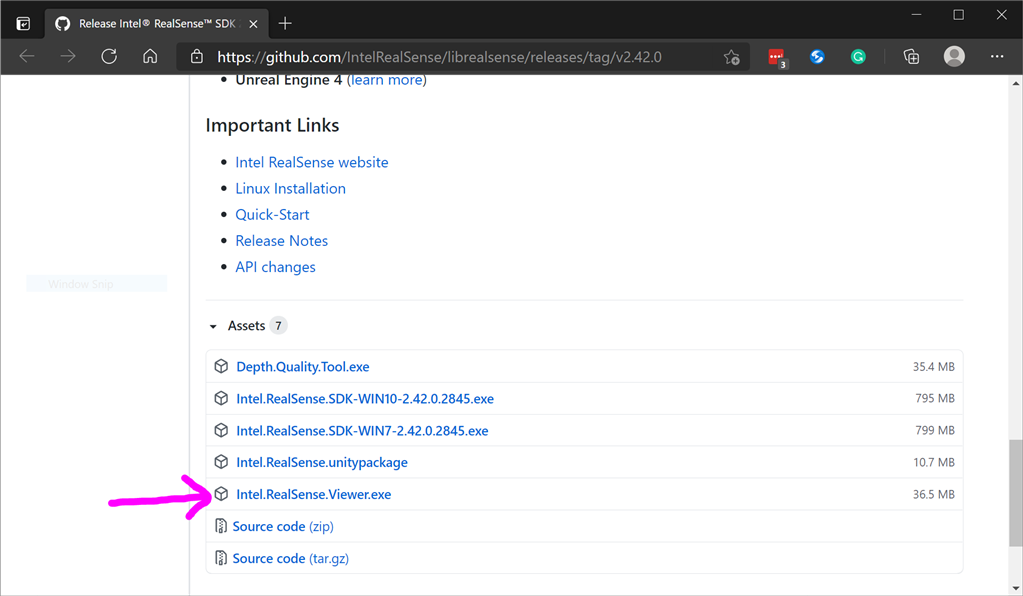
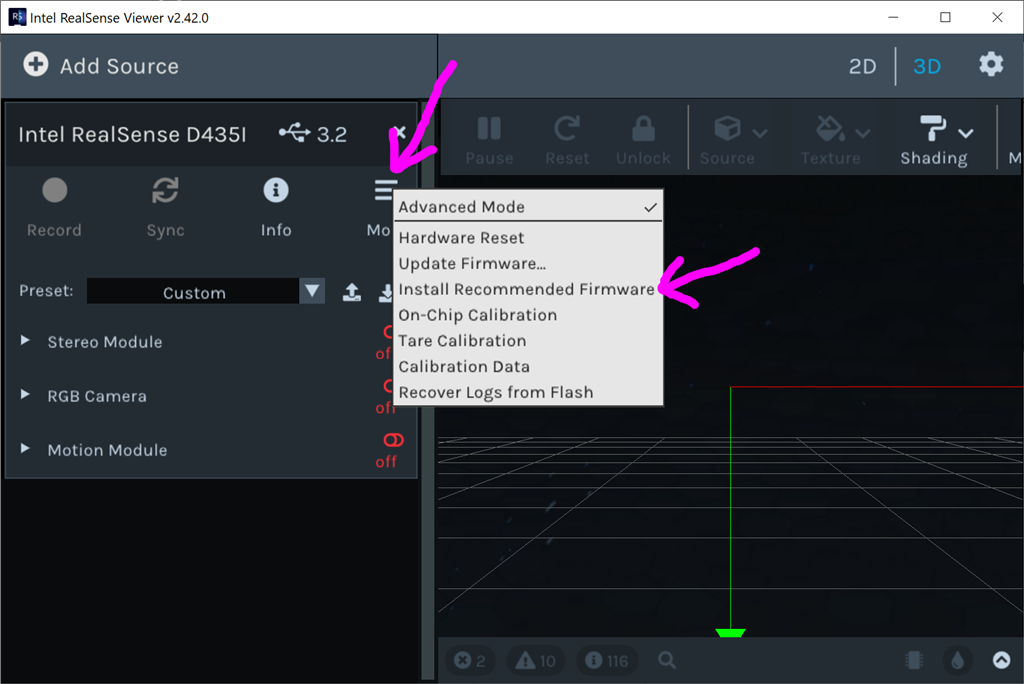
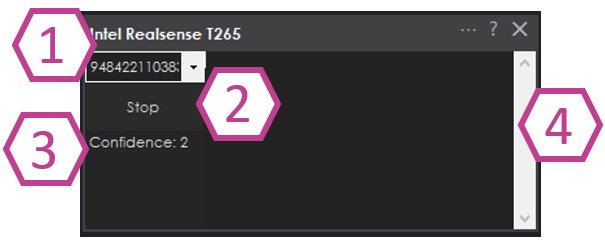
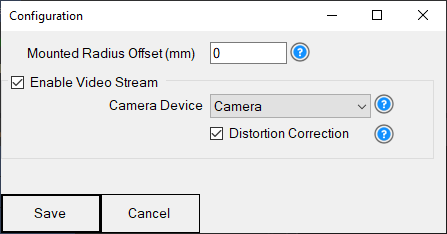
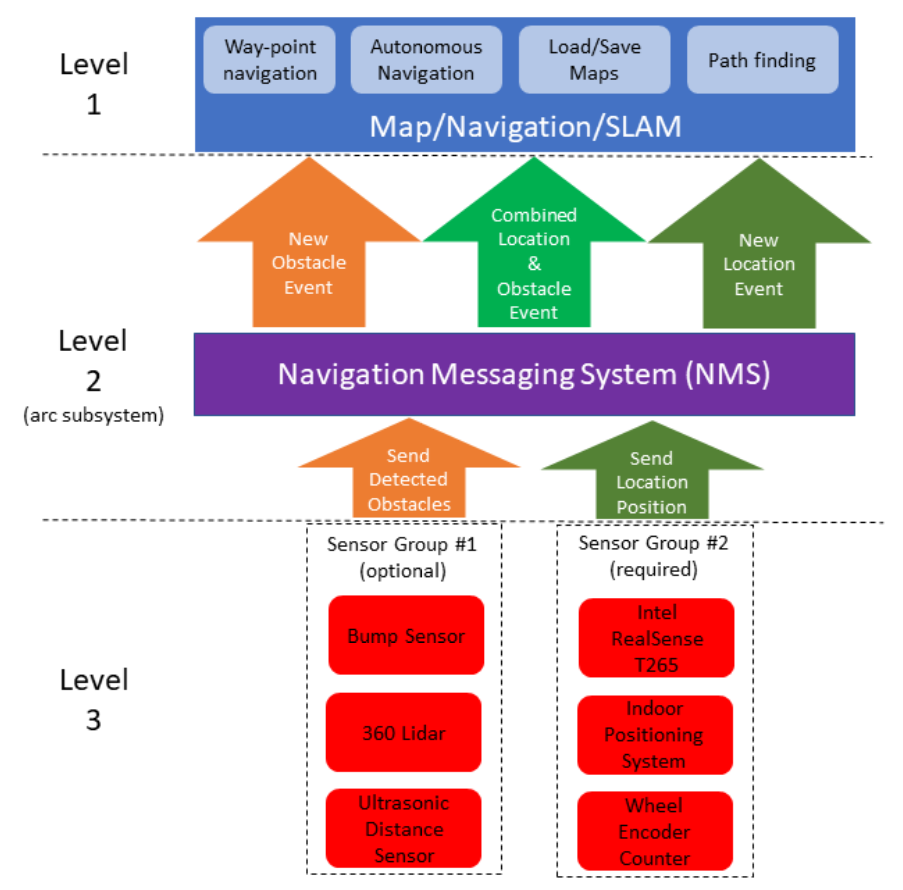
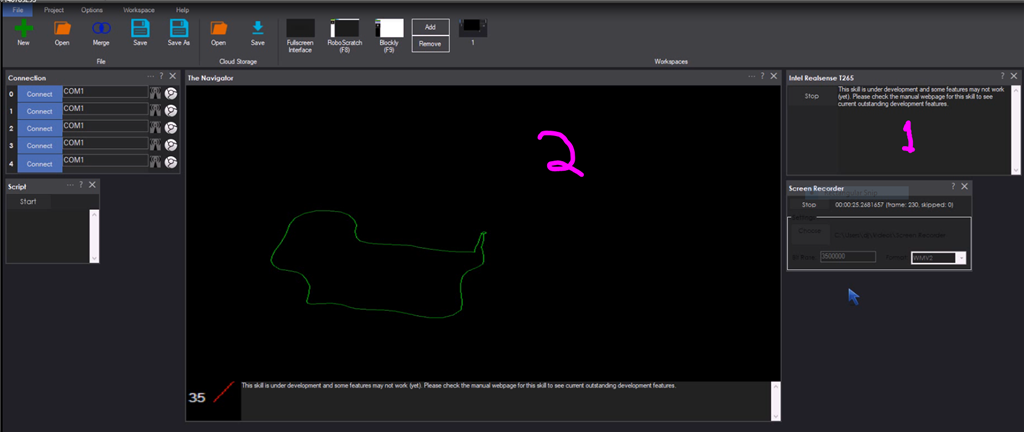

Hey martint, when i was posting the last post was from DJ. Didnt read yours yet:)
Gotcha...the skill does look promising. I really like the T265 so far but haven't figured out how to do mapping with it yet. It does it automatically on the sensor and DJ is right...you can use it without having access to the maps for some use cases. The mapping and sensor questions you brought up are a big topic with lots of different and valid opinions. I am happy to jump in to it and give mine if and when its the time and place...my guess is others are already way ahead of me on it and have other great solutions.
Historically, I have been a sonar array nerd (every 30 degrees) and now adding depth cam to that mix for more precision up front. I am still trying to assess what's been done and what needs more effort so I can see if there is a way to help.
Yes, i think we all begun in robotics whit sonars, bump sensors... From what i understand the T265 makes some kind of vslam internally with the two fish eye cams to help localize the camera in a known space. Can you confirm that martint?
Yes. That what it does...seems to do it very well but I just got it a few weeks ago. I have a lot more to learn but it is one of my fav sensors.
I tried out a Marvelmind system on my bot initially before I got the T265...it was a lot more trouble and a waste of $450 compared to this.
I wrote about my experiences so far with the T265 in a doc at the bottom of my Ava project under "Additional Resources".
@proteusy - the new Navigation Messaging System in ARC does just that. It has events that skills can connect to for contributing data into the navigation messages. This means anything from a lidar, or sharp ir sensor, or ultrasonic ping, or 360 degree lidar, or bump sensor.... It means absolutely anything can contribute data and The Navigator will receive it and process it.
You can even combine the Intel RealSense skill with a wheel encoder skill and send both to the Navigation Messaging System to improve accuracy.
Damn, way to keep staying ahead of the crowd on robot Innovation DJ!
@DJ, I'm trying to stay away from another Intel purchase and you are making my life difficult
Nice Job ! plugin... plus "bird eye" documentation.
Ya. After being burned with the ezbv5 joule, I didn’t want to do this. That realsense has been sitting on my desk for a long time. Finally decided to give it a go... and I have to say wow!! It works really well